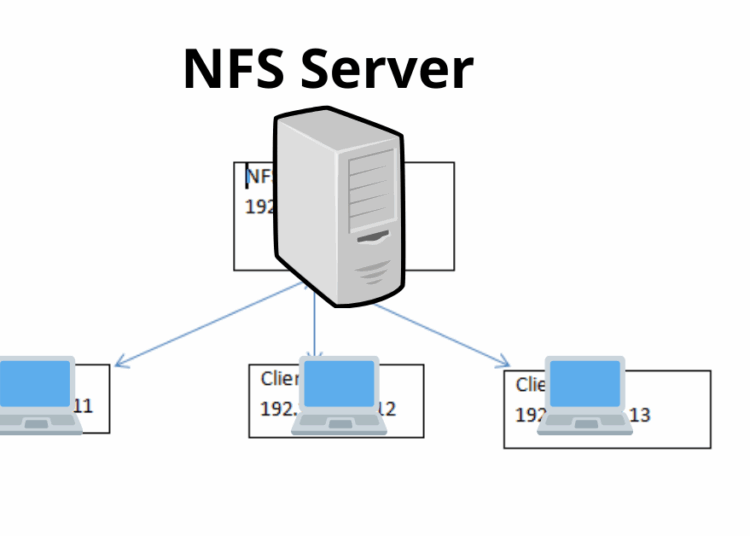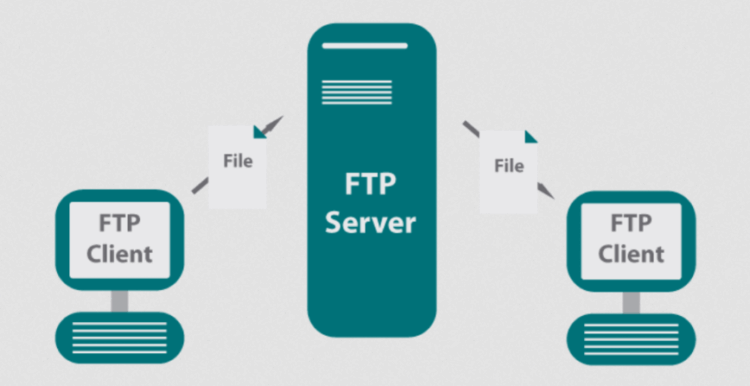Embark on a journey through the intricate landscape of NFS server, a crucial component in the realm of file sharing and data management. Discover the inner workings of this powerful tool and how it revolutionizes the way we interact with our digital files.
Overview of NFS Server
NFS server, or Network File System server, is a distributed file system protocol that allows users to access files over a network as if they were stored locally on their own computer. The main purpose of an NFS server is to enable efficient file sharing and access among multiple users within a network.
Benefits of Using NFS Server for File Sharing
- Centralized Storage: NFS server provides a central location for storing files, making it easier for users to access and share data.
- Improved Collaboration: By using an NFS server, multiple users can work on the same files simultaneously, promoting collaboration and productivity.
- Reduced Storage Costs: NFS server allows for efficient use of storage resources by eliminating the need for duplicate files on individual machines.
Scenarios Where NFS Server is Commonly Used
- Enterprise Environments: NFS server is commonly used in large organizations to provide a shared file system for employees across different departments.
- Media and Entertainment Industry: NFS server is utilized in media production environments where multiple users need to access and work on large files such as videos, images, and audio files.
- Software Development Teams: NFS server is ideal for software development teams working on the same codebase, allowing seamless collaboration and version control.
Setting up NFS Server
Setting up an NFS server involves a few key steps to ensure proper configuration and functionality. Below, we will detail the necessary procedures and configuration files that need to be modified for setting up an NFS server. Additionally, we will compare different methods for setting up an NFS server on various operating systems.
Configuration Steps
- Install NFS server software on the host machine.
- Edit the '/etc/exports' file to define the directories to be shared and the access permissions for clients.
- Start the NFS server service to make the shared directories available to clients.
- Configure firewall settings to allow NFS traffic if necessary.
- Test the NFS server setup by mounting the shared directories on client machines.
Configuration Files
- /etc/exports:This file contains the list of directories to be exported and the access permissions granted to clients. Entries in this file follow the format:
directory clientIP(options)
- /etc/nfs.conf:Configuration file for NFS server settings such as port numbers, security mechanisms, and logging options.
Operating System Comparison
| Operating System |
Method |
| Linux |
Typically uses the NFS-utils package for NFS server setup. Configuration files are usually found in '/etc/' directory. |
| Windows |
Can set up an NFS server using third-party software like Windows Services for UNIX or using built-in Windows features for NFS. |
| macOS |
Supports NFS server setup through system preferences or command-line tools. Configuration files are located in '/etc/' or '/private/etc/' directory. |
NFS Server Security
When it comes to NFS server security, implementing best practices is crucial to protect your data from unauthorized access
. Controlling access to NFS shares and implementing security measures are essential steps to ensure the confidentiality and integrity of your NFS data.
Controlling Access to NFS Shares
- Utilize IP address filtering: Restrict access to NFS shares by allowing only specific IP addresses or ranges to connect to the server.
- Set permissions correctly: Ensure that file permissions are properly configured to restrict access to sensitive data within NFS shares.
- Implement user authentication: Utilize user authentication mechanisms such as Kerberos to control access to NFS shares based on user credentials.
Security Measures to Prevent Unauthorized Access
- Encrypt NFS traffic: Enable encryption for NFS traffic to protect data in transit from eavesdropping or interception.
- Firewall configuration: Implement firewall rules to restrict access to NFS ports and prevent unauthorized connections to the server.
- Regularly audit access logs: Monitor and review access logs to detect any suspicious activity and unauthorized access attempts.
Troubleshooting NFS Server
When using an NFS server, there are common issues that can arise, such as connectivity problems, permission issues, or performance bottlenecks. Troubleshooting these problems effectively is essential to ensure the smooth operation of your NFS server. In addition, monitoring NFS server performance and diagnosing any bottlenecks can help optimize the server's efficiency.
Connectivity Issues
- Check network connectivity between the NFS server and clients.
- Ensure that the NFS server and clients are on the same network or subnet.
- Verify that the NFS server is reachable from the clients using tools like ping or traceroute.
Permission Problems
- Review the NFS server's export configuration to ensure proper permissions are set.
- Check the file permissions on the shared directories to ensure clients have the necessary access.
- Use the "showmount" command to verify which clients have access to the NFS server.
Performance Bottlenecks
- Monitor server resources such as CPU, memory, and disk usage to identify any bottlenecks.
- Use tools like "top" or "htop" to check resource utilization on the NFS server.
- Consider optimizing NFS server settings such as buffer sizes or thread counts to improve performance.
Closing Summary
In conclusion, NFS server stands as a cornerstone in the realm of file sharing, offering unparalleled convenience and efficiency. By understanding its nuances and implementing best practices, users can harness its full potential to streamline their data sharing processes.
FAQ Compilation
What is NFS server and what is its purpose?
NFS server is a network file system protocol allowing users to access files over a network as if they were on their local machine. Its purpose is to facilitate seamless file sharing and data management among multiple users.
How can I secure my NFS server?
Best practices for securing an NFS server include restricting access to authorized users, implementing firewall rules, and encrypting NFS traffic to prevent unauthorized access to sensitive data.
What are common issues when using an NFS server?
Common issues with NFS servers include permission problems, network connectivity issues, and performance bottlenecks. Troubleshooting these issues involves checking configuration settings and monitoring server performance.










